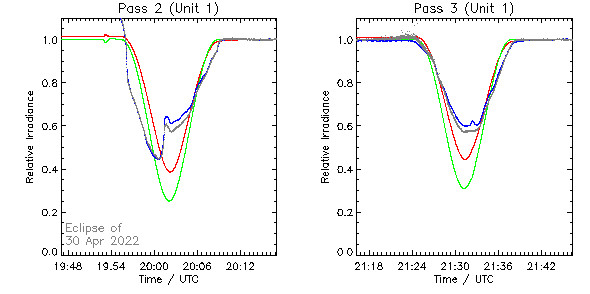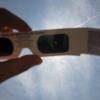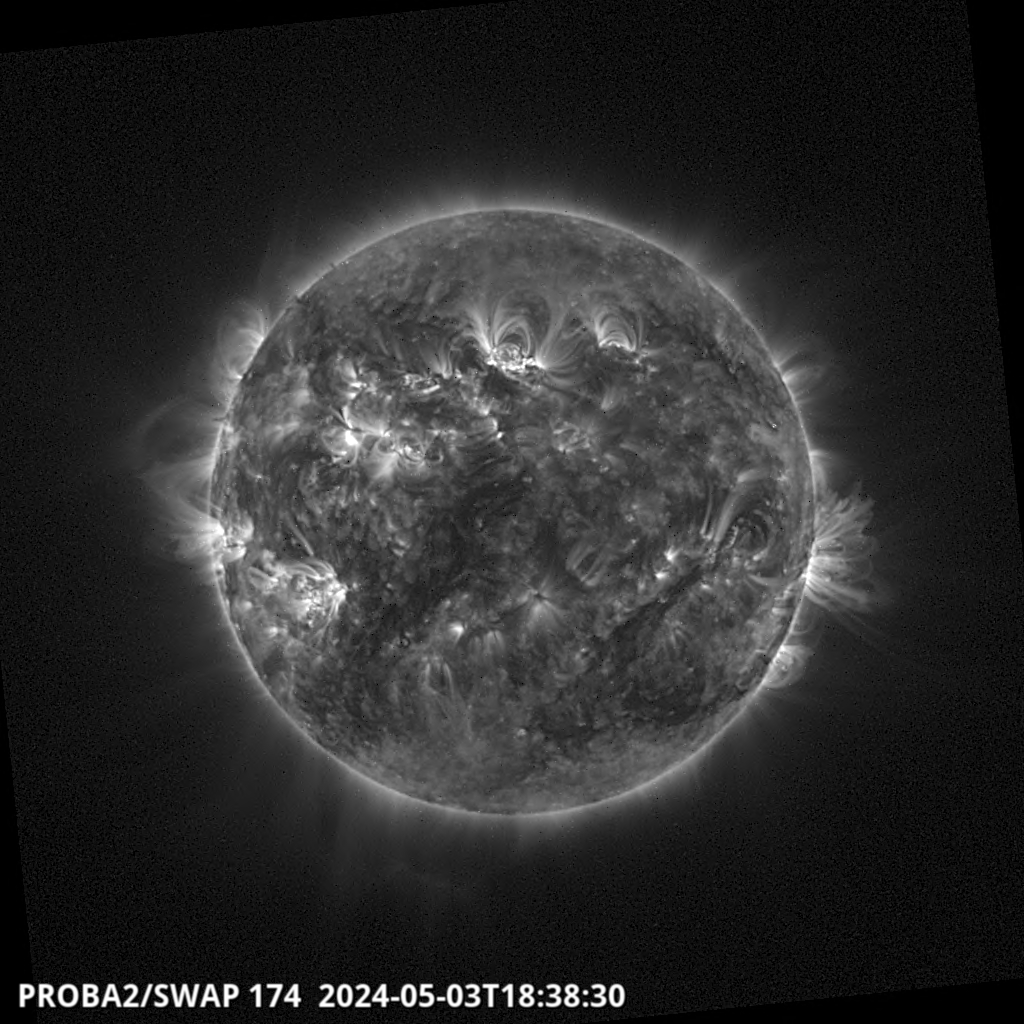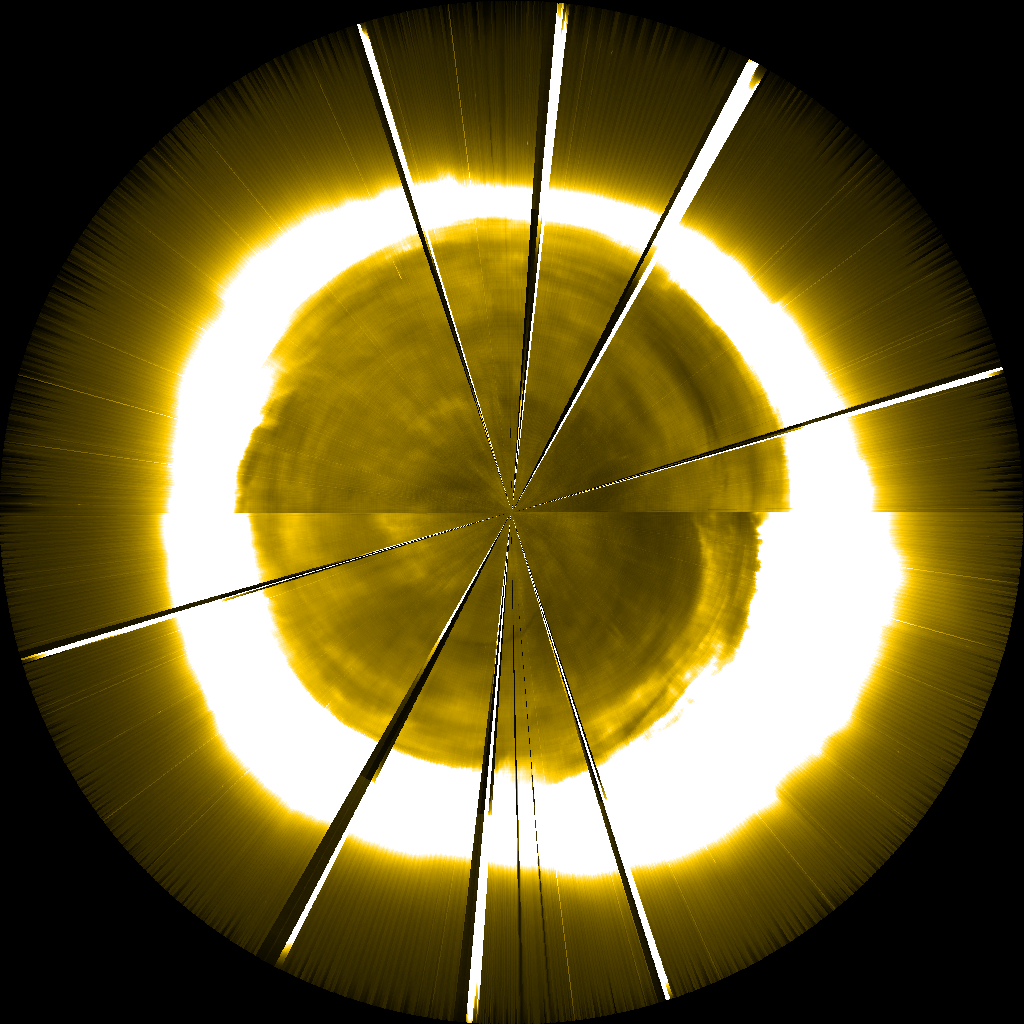Main menu
You are here
First eclipse of 2022
Mon, 04/25/2022 - 12:36 — Elke D'Huys
 Solar enthusiasts in southern South America (mostly Chile, Argentina, and Uruguay), as well as those in parts of Antarctica, and sailing on the Pacific and Atlantic Oceans had to get their eclipse glasses out! While the Sun was setting in the west, they were able to observe a partial solar eclipse in the evening of April 30.
Solar enthusiasts in southern South America (mostly Chile, Argentina, and Uruguay), as well as those in parts of Antarctica, and sailing on the Pacific and Atlantic Oceans had to get their eclipse glasses out! While the Sun was setting in the west, they were able to observe a partial solar eclipse in the evening of April 30.

 Solar enthusiasts in southern South America (mostly Chile, Argentina, and Uruguay), as well as those in parts of Antarctica, and sailing on the Pacific and Atlantic Oceans had to get their eclipse glasses out! While the Sun was setting in the west, they were able to observe a partial solar eclipse in the evening of April 30.
Solar enthusiasts in southern South America (mostly Chile, Argentina, and Uruguay), as well as those in parts of Antarctica, and sailing on the Pacific and Atlantic Oceans had to get their eclipse glasses out! While the Sun was setting in the west, they were able to observe a partial solar eclipse in the evening of April 30.The fast-moving PROBA2 satellite crossed the eclipse path 4 times as it orbited the Earth and as such the Moon was seen in the SWAP field-of-view 4 times. Only during three of these passages, however, did the Moon cover a part of the Sun. During the second and third passages, over 60% of the solar disk was occulted. A simulation of the event as SWAP saw it, is here.
LYRA observations
As for all eclipses, LYRA activated one of its backup units, which acquires in parallel with the nominal unit. The instrument monitored the progressive extinction of the solar light in its channels that observe in the ultraviolet (red and green curves) and extreme ultraviolet (black and blue curves). The distorsion observed in the extreme ultraviolet curves are caused by the presence of active regions, which are better visible in those wavelengths. LYRA observations are available in the event directory .
.

SWAP observations
We made high cadence observations with SWAP and produced our typical sets of calibrated PNG images (with logos and timestamp, with timestamp only, and without logos or timestamp), as well as movies of the event. All the movies and images of the eclipse are collected in dedicated directories on our webpages. The event directory also contains a specially selected SWAP image to promote the eclipse. This is the image with the largest part of the Sun occulted by the Moon.
As you can see from the movie above, the Sun was quite active during this eclipse. Several M-class flares and even an X1.1 event were observed on April 30, originating from the bright active region on the west (right) solar limb. In the SWAP movie also an M-class flare is visible in this location.
Throughout the movie we also see white specs and streaks that indicate the impact of particles on our detector. As a result, the SWAP images look noisy. This is not a sign of degradation of the detector, but a passage through the south atlantic anomaly, a near-earth region with an increased particle flux that exposes orbiting satellites to higher-than-usual levels of radiation.
Data Use Policy
All PROBA2 images and movies used in outreach and the media should be credited to "ESA/ROB". Additional information about the terms of use for PROBA2 data is available on the PROBA2 website.
Contacting the PROBA2 Team
All requests for media comments, data assistance, or planning requests can be directed to the SWAP and LYRA teams via swap_lyra@oma.be.








